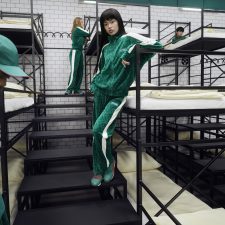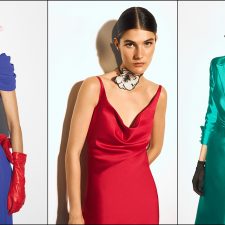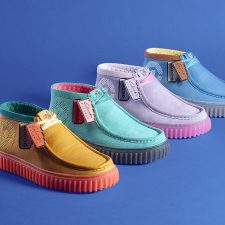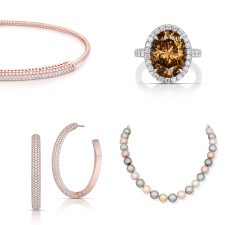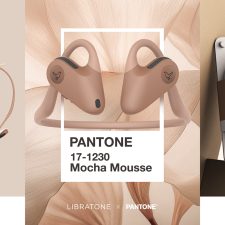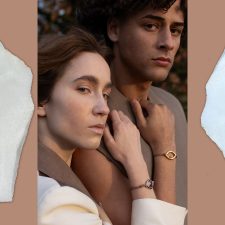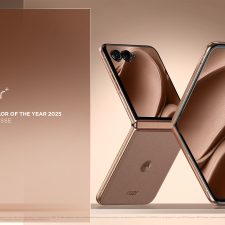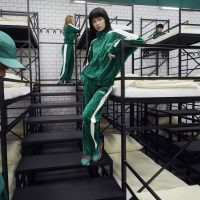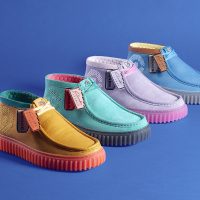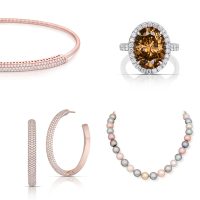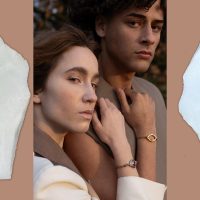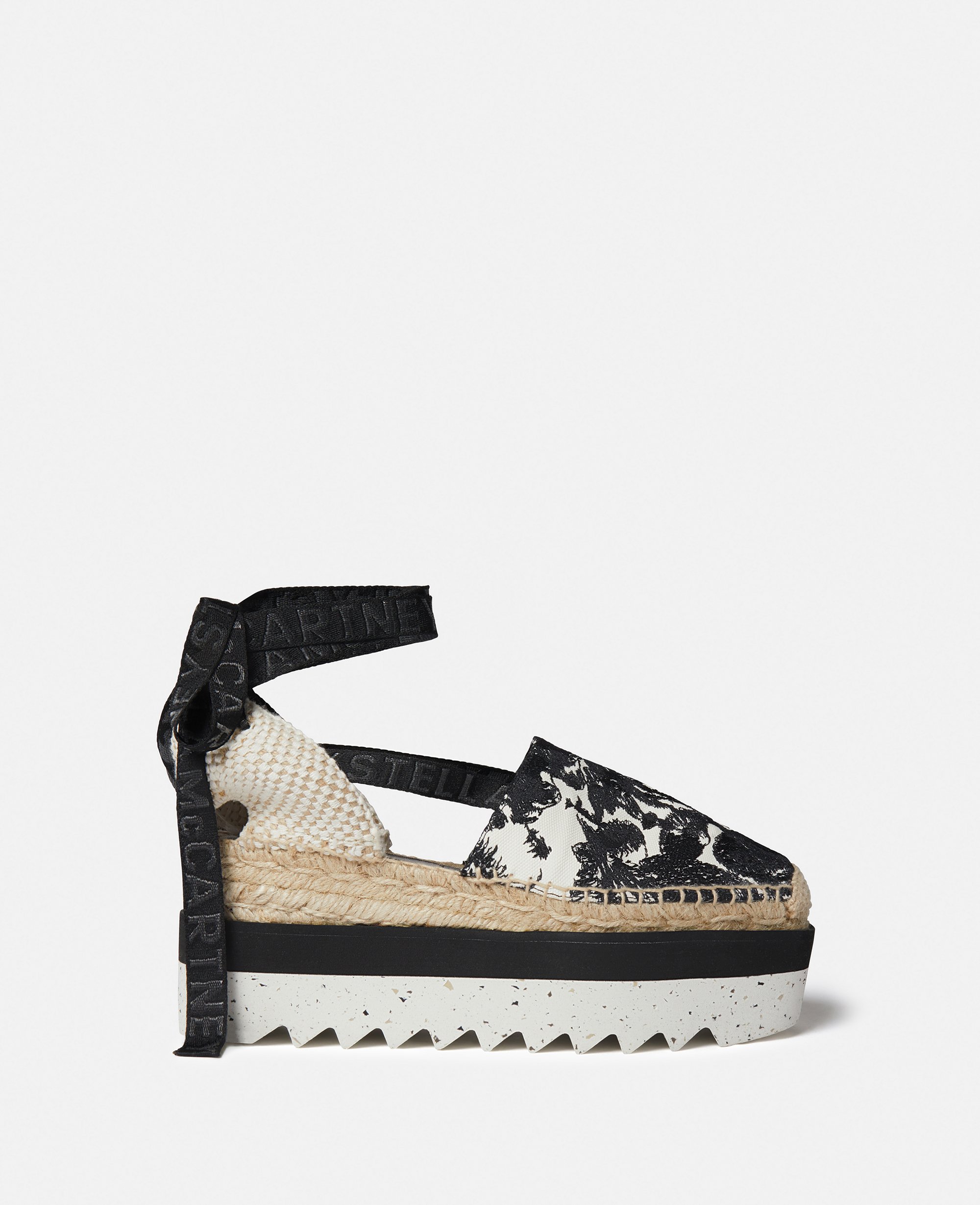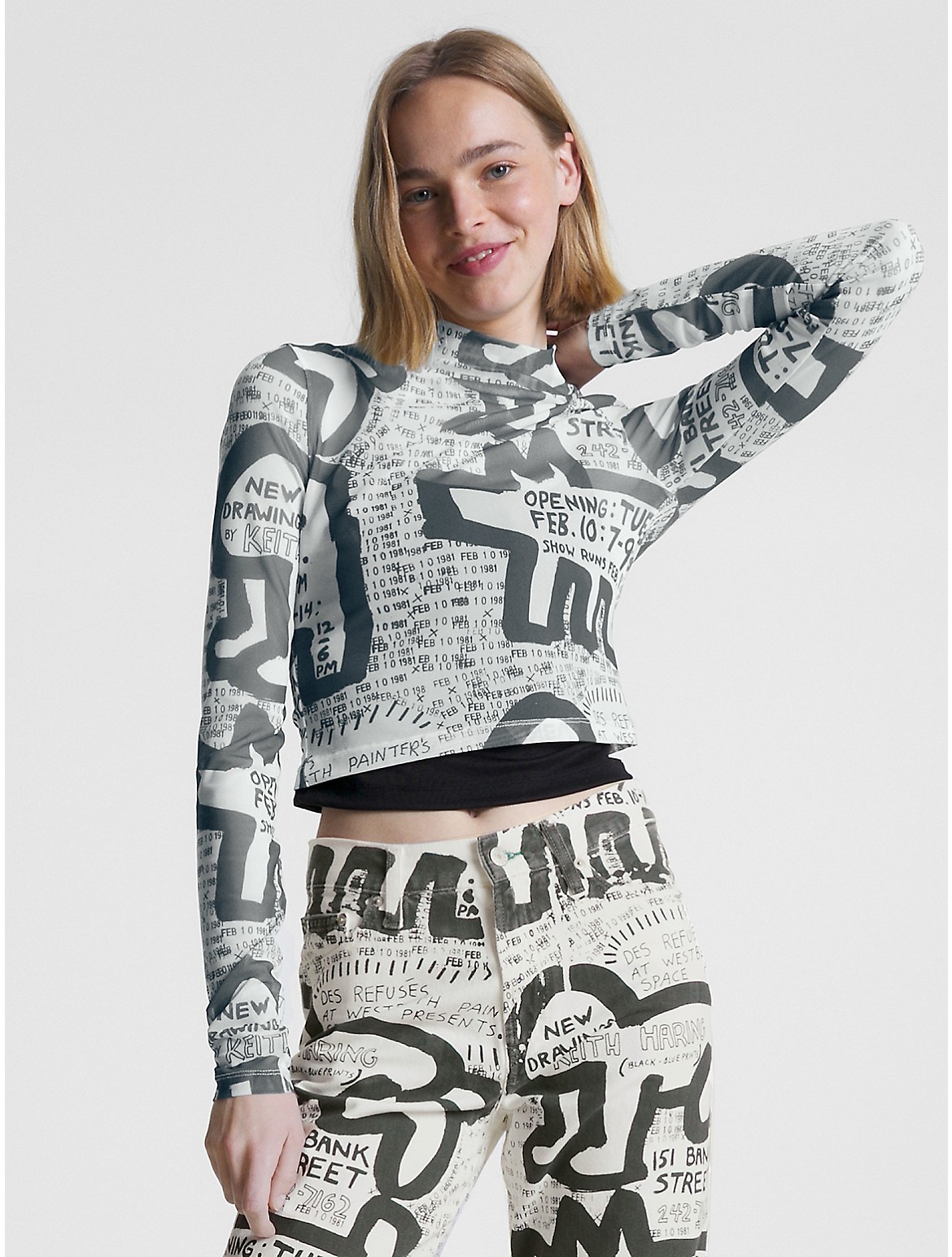Stratasys 3D Printed Fashion Pieces Featured in #techstyle Exhibition
Stratasys Ltd., the 3D printing and additive manufacturing solutions company, announced that some of its most high-profile 3D printed fashion pieces are headlining #techstyle, a new co-curated exhibition with Lauren Whitley and Pam Parmal at the Museum of Fine Arts Boston (MFA), until July 10th 2016.
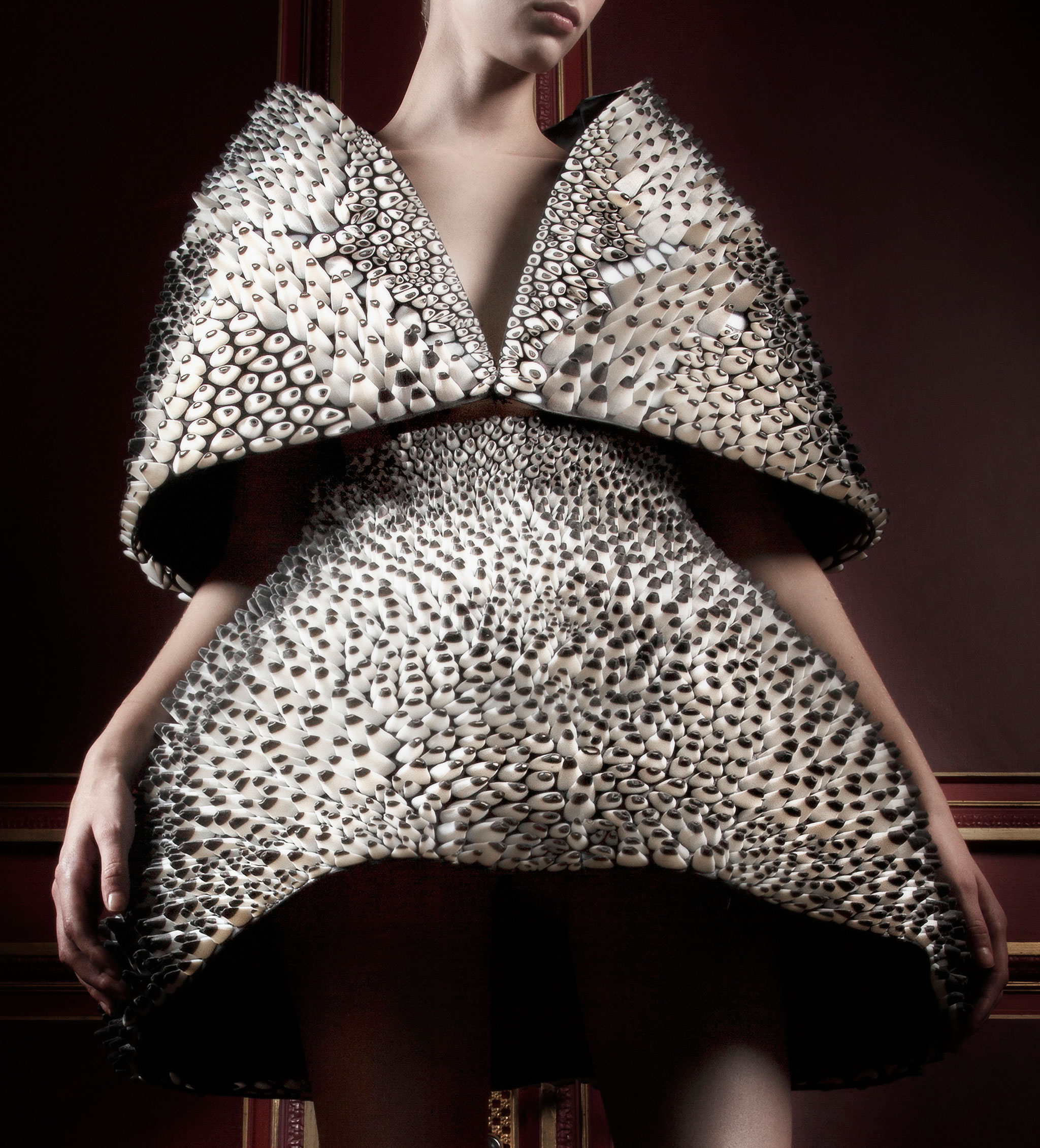
Designed by Iris van Herpen and Neri Oxman in collaboration with Prof. W. Craig Carter, printed by Stratasys, Anthozoa Cape and Skirt, Voltage Haute Couture Collection, 2013. Object Connex multiple-materials; 3-D printed. Museum purchase with funds donated by the Fashion Council. © M. Zoeter x Iris van Herpen. Photography by Ronald Stoops. Courtesy of Museum of Fine Arts Boston.
Exploring the synergy between fashion and technology, the exhibition includes ‘Anthozoa’, a 3D printed cape and skirt designed by Prof. Neri Oxman and Iris van Herpen; ‘Harmonograph’ 3D printed dress designed by threeASFOUR and Travis Fitch; as well as 3D printed ‘Molecule’ shoes designed by Francis Bitonti.
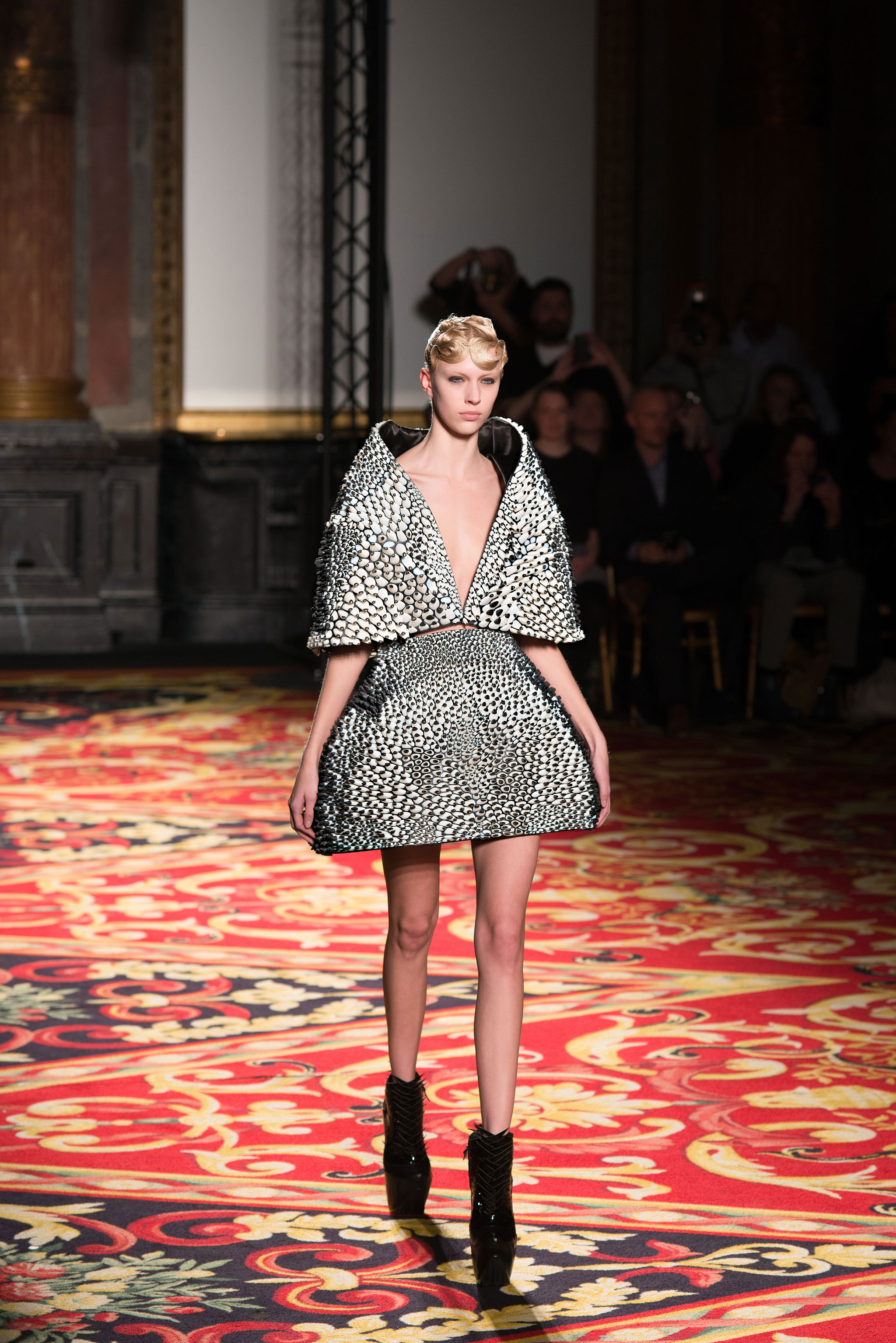
3D PRINTED ANTHOZOA CAPE AND SKIRT, designed by Prof. Neri Oxman and Iris van Herpen, produced using Stratasys’ Objet Connex multi-material 3D Printer (Photo: Stratasys Ltd.)
According to Michelle Finamore, Penny Vinik Curator of Fashion Arts, Museum of Fine Arts, Boston, the Stratasys 3D printed pieces demonstrate designs where the attributes of the technology have been central to creating complex geometries, not possible using traditional methods.
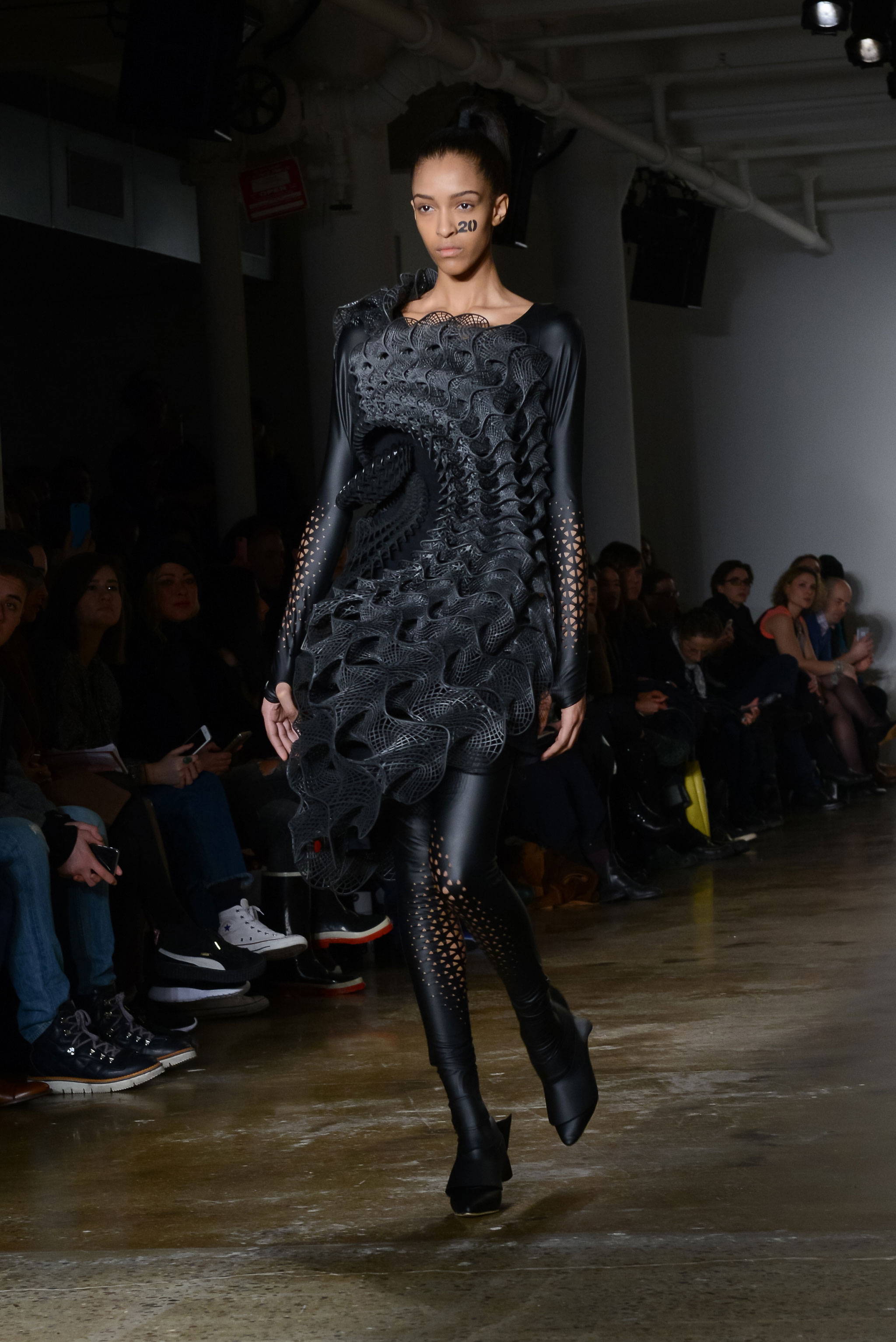
3D PRINTED HARMONOGRAPH DRESS designed by threeASFOUR in collaboration with Travis Fitch, produced using Stratasys’ unique multi-color, multi-material 3D printing technology. (Photo: Matt Carasella)
“I think one of the most amazing aspects of 3D printing is that it enables the fashion designer to move beyond conventional sketching and draping methods and allows them to imagine and conceive a garment in three dimensions. Many of the designers represented in #techstyle have harnessed Stratasys’ unique multi-material 3D printing technology, and the process is integral to the actual creation of the pieces. Francis Bitonti’s shoes, for example, seek to mimic organic cellular processes which cannot be controlled, yet he was able to ‘grow’ the shoes in a way that’s simply not possible with other forms of production.”
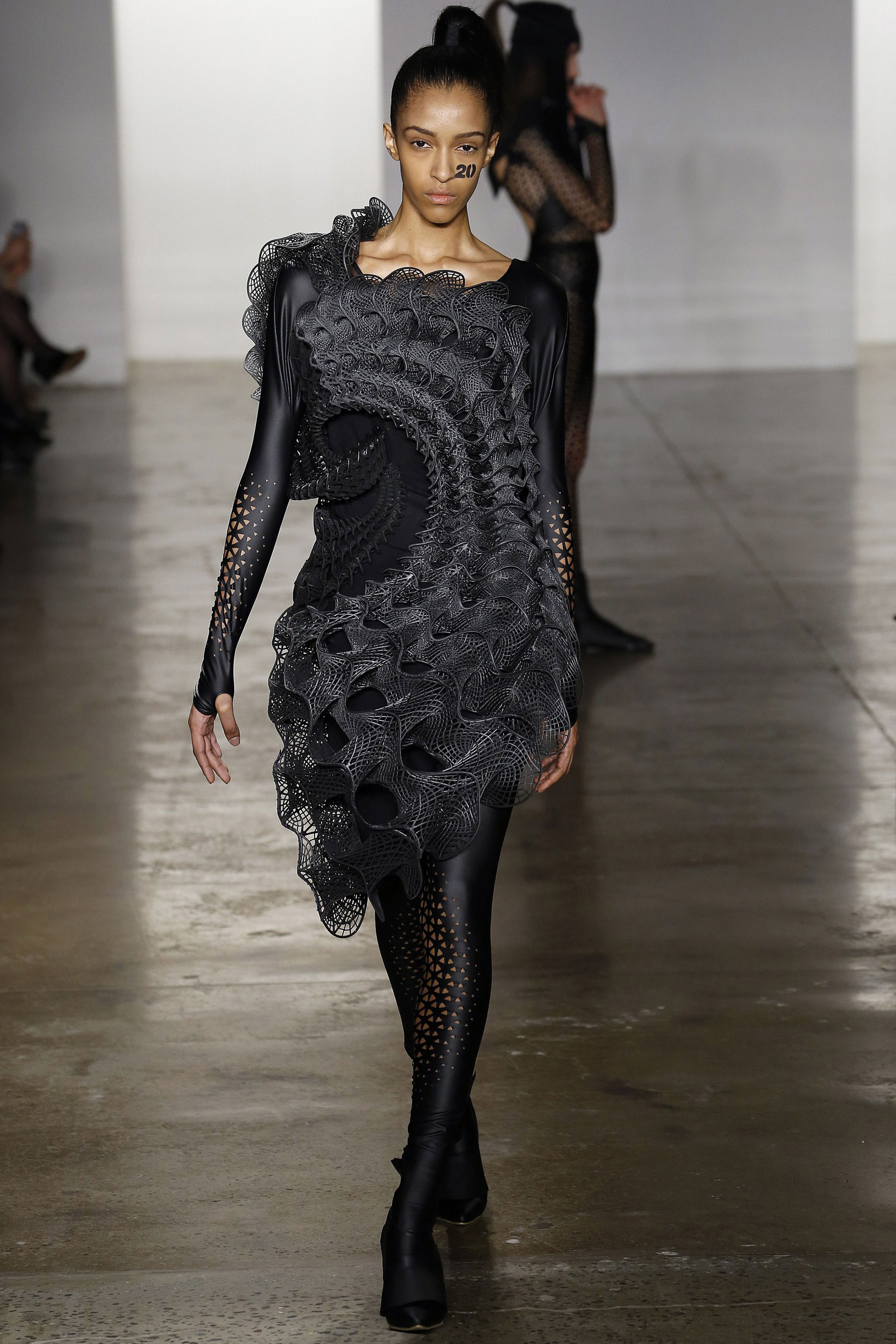
3D PRINTED HARMONOGRAPH DRESS designed by threeASFOUR in collaboration with Travis Fitch, produced using Stratasys’ unique multi-color, multi-material 3D printing technology. (Photo: Luca Tombolini, Courtesy of Vogue.com)
“threeASFOUR is such a wonderful example of how 3D printing enables a new way of thinking about design,” continues Finamore. “I love their notion that these new technologies are not limiting in any way, but have opened up a new way of thinking and manufacturing that is now about ‘editing possibility’. In the case of their Harmonograph dress, the collective was able to fully achieve precision and pure geometries that could not be accomplished using handcrafted methods.”
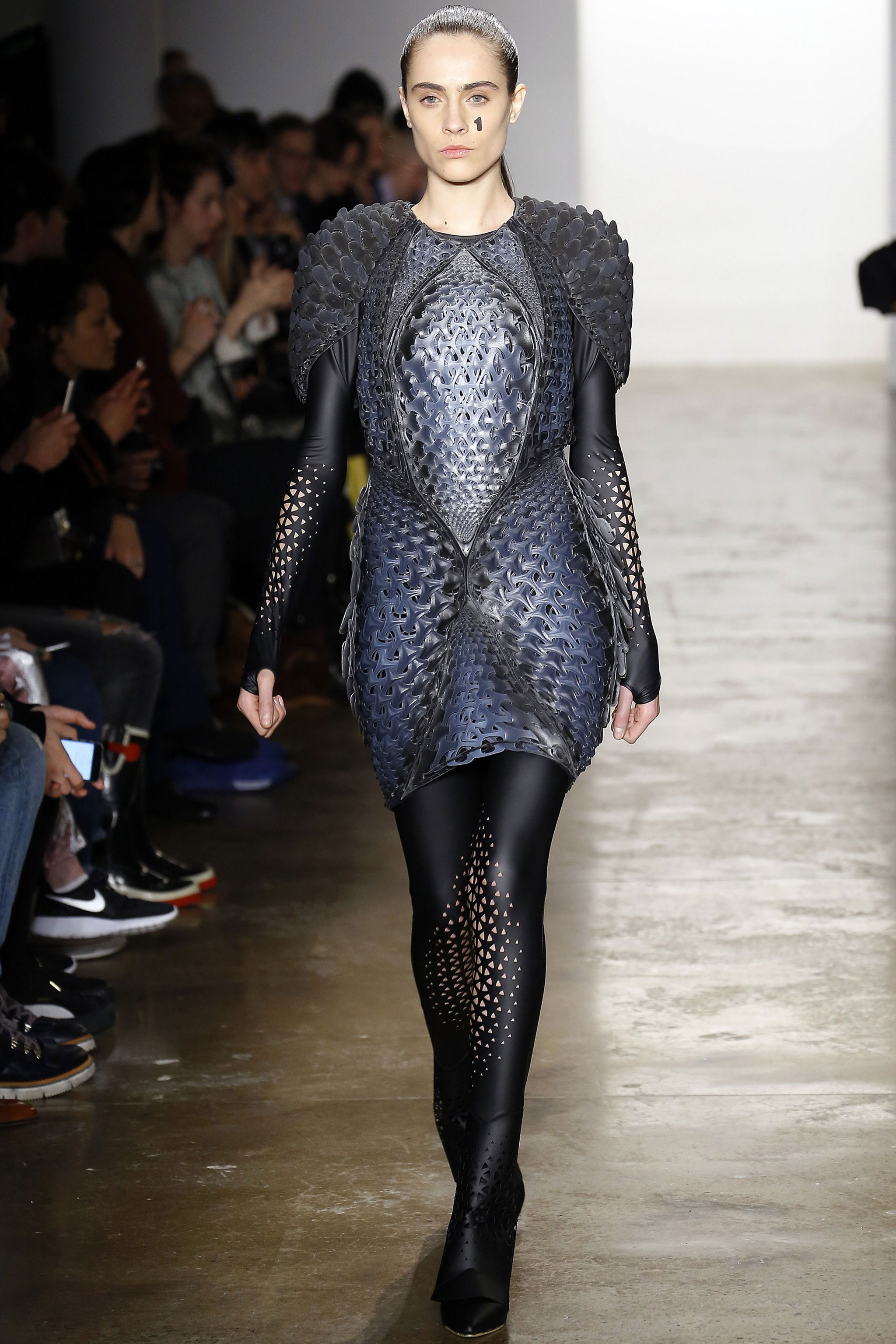
3D PRINTED PANGOLIN DRESS by threeASFOUR in collaboration with Stratasys and Travis Fitch, produced using Stratasys’ unique multi-color, multi-material 3D printing technology. (Photo: Luca Tombolini, Courtesy of Vogue.com)
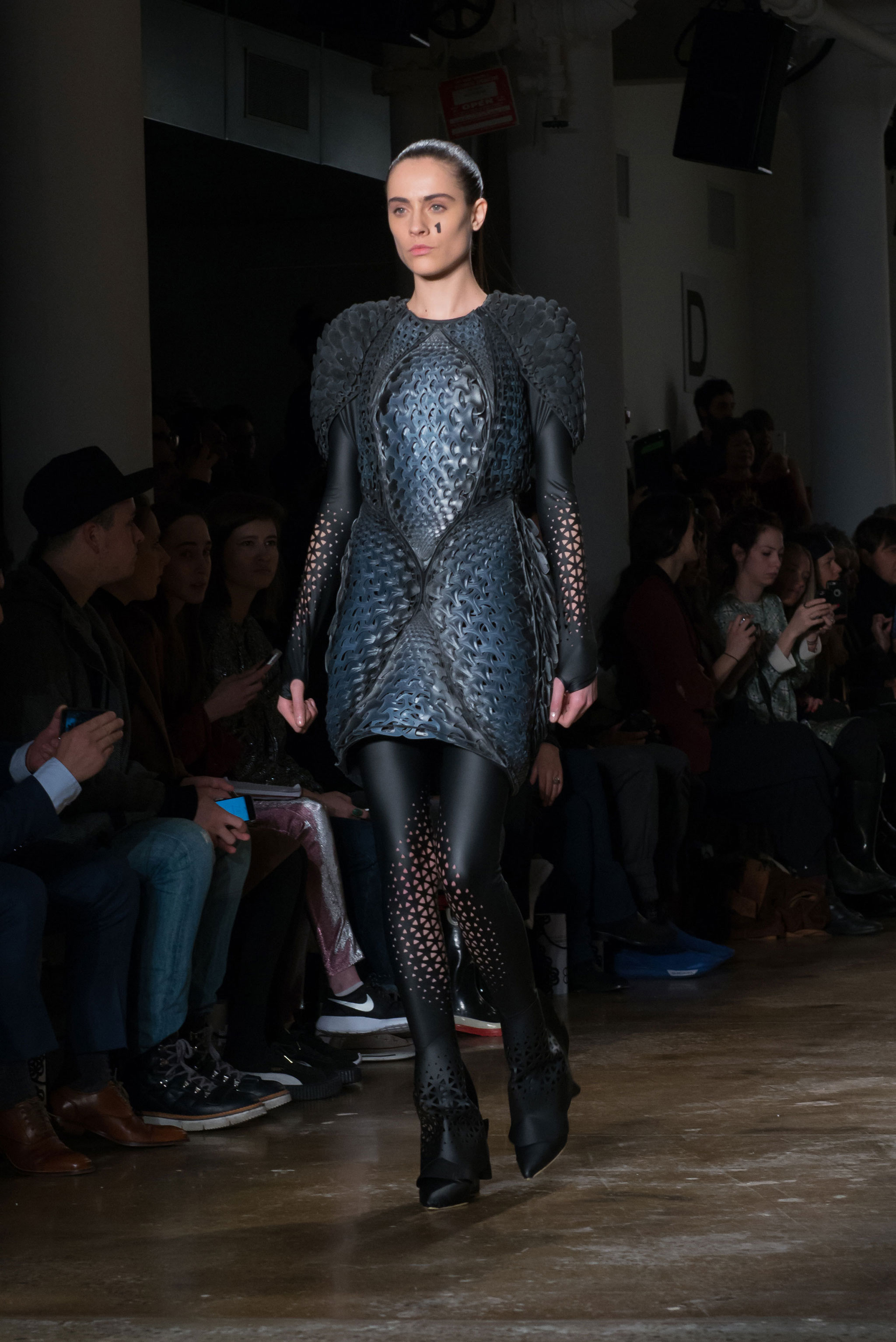
3D PRINTED PANGOLIN DRESS by threeASFOUR in collaboration with Stratasys and Travis Fitch, produced using Stratasys’ unique multi-color, multi-material 3D printing technology. (Photo: Matt Carasella)
Recently lighting up the New York Fashion Week catwalk, the 3D printed Harmonograph dress circles around the body in three spirals, following the geometry of the Fibonacci sequence and optically portraying the effect of a harmonograph. Combining geometry, biology and logarithms, the designs were entirely dependent on the new possibilities that Stratasys multi-color, multi-material 3D printing is able to provide – most notably, the ability to mix both rigid and rubber materials to any degree of flexibility, in any color, within a single print.
Another outcome of this technology and a star feature of #techstyle is ‘Anthozoa’. The 3D printed piece dazzled the catwalks of Paris Fashion Week in January 2013 as part of Iris van Herpen’s Haute Couture show, ‘VOLTAGE’. The elaborate 3D printed skirt and cape created in collaboration with Prof. Neri Oxman, incorporates hard and soft materials within the design – which is crucial to the movement and texture of the piece. This allowed Oxman and van Herpen to design a ‘second skin’ for the body acting as armor-in-motion
“I think of the Neri Oxman and Iris van Herpen 3D printed dress as the catalyst for the exhibition,” continues Finamore. “The museum acquired the dress very soon after it came down the Paris runway, because it was not only a beautiful expression of van Herpen’s futuristic thinking, but it also integrated cutting-edge multi-material 3D printing and captured the exciting dynamism between fashion and technology we are currently experiencing.”
Stratasys fashion and art pieces are featured in permanent collections across the world’s most recognized museums, including MoMA New York, Centre Pompidou Paris, Science Museum London, Museum of Fine Arts Boston, San Francisco Museum of Modern Art and MAK Vienna. Stratasys has produced 3D printed pieces for a number of fashion shows and catwalks including Paris Fashion Week (January 2013) – Fall/Winter Haute Couture with Iris van Herpen and Prof. Neri Oxman, Paris Fashion Week (July 2013) – Iris van Herpen’s Couture Show: ‘Wilderness Embodied’ for Iris van Herpen Design Collection with Rem D. Koolhaas and and most recently at New York Fashion Week 2016 headlining threeASFOUR’s Fall/Winter 2016 collection.
Naomi Kaempfer, Creative Director, Art Fashion Design, Stratasys, concludes: “3D printing provides new design possibilities, enabling designers to innovate and create unique expressions with complex geometries that would not be possible with traditional methods of production. The better we become in generating organic parametric geometries in design the closer we get in appreciating our own organic code of beauty. This sense of full creative freedom enabled by Stratasys 3D printing technology is evident in the incredible pieces designed by our collaborators, which we are proud to showcase as part of #techstyle.”
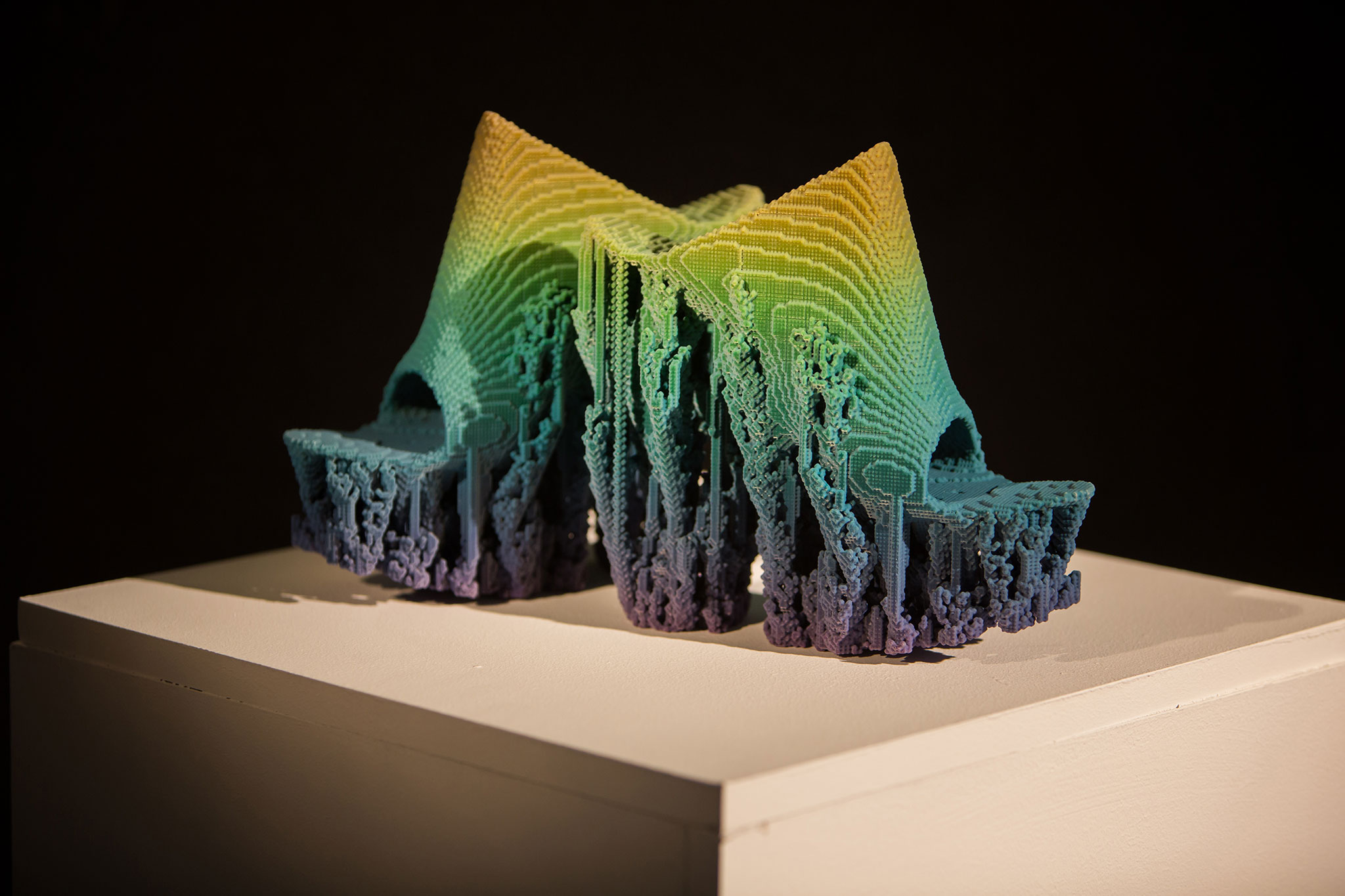
3D PRINTED MOLECULE SHOES designed by Francis Bitonti and created in collaboration with Adobe and Stratasys. 3D Printed on Stratasys’ unique Objet500 Connex3 multi-color, multi-material 3D Printer (Photo: Stratasys Ltd.) 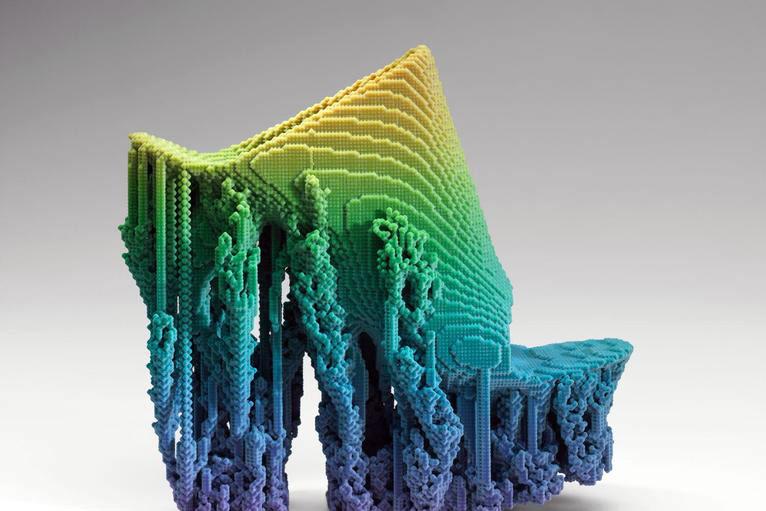
3D PRINTED MOLECULE SHOES designed by Francis Bitonti and created in collaboration with Adobe and Stratasys. 3D Printed on Stratasys’ unique Objet500 Connex3 multi-color, multi-material 3D Printer (Photo: Stratasys Ltd.)
For more than 25 years, Stratasys Ltd. has been a defining force and dominant player in 3D printing and additive manufacturing – shaping the way things are made. Headquartered in Minneapolis, Minnesota and Rehovot, Israel, the company empowers customers across a broad range of vertical markets by enabling new paradigms for design and manufacturing. The company’s solutions provide customers with unmatched design freedom and manufacturing flexibility – reducing time-to-market and lowering development costs, while improving designs and communications. Stratasys subsidiaries include MakerBot and Solidscape, and the Stratasys ecosystem includes 3D printers for prototyping and production; a wide range of 3D printing materials; parts on-demand via Stratasys Direct Manufacturing; strategic consulting and professional services; and the Thingiverse and GrabCAD communities with over 2 million 3D printable files for free designs. With more than 2,700 employees and 800 granted or pending additive manufacturing patents, Stratasys has received more than 30 technology and leadership awards.
For more information please visit:
Stratasys
www.stratasys.com
blog.stratasys.com
Museum of Fine Arts Boston (MFA)
mfa.org/exhibitions/techstyle
Tags: #techstyle, 3D Printing, fabrics, fashion, fashion designers, Francis Bitonti, Iris van Herpen, Museum of Fine Arts Boston, Neri Oxman, Stratasys, technology, textiles, threeASFOUR, Travis Fitch

 Share On Facebook
Share On Facebook Tweet It
Tweet It

